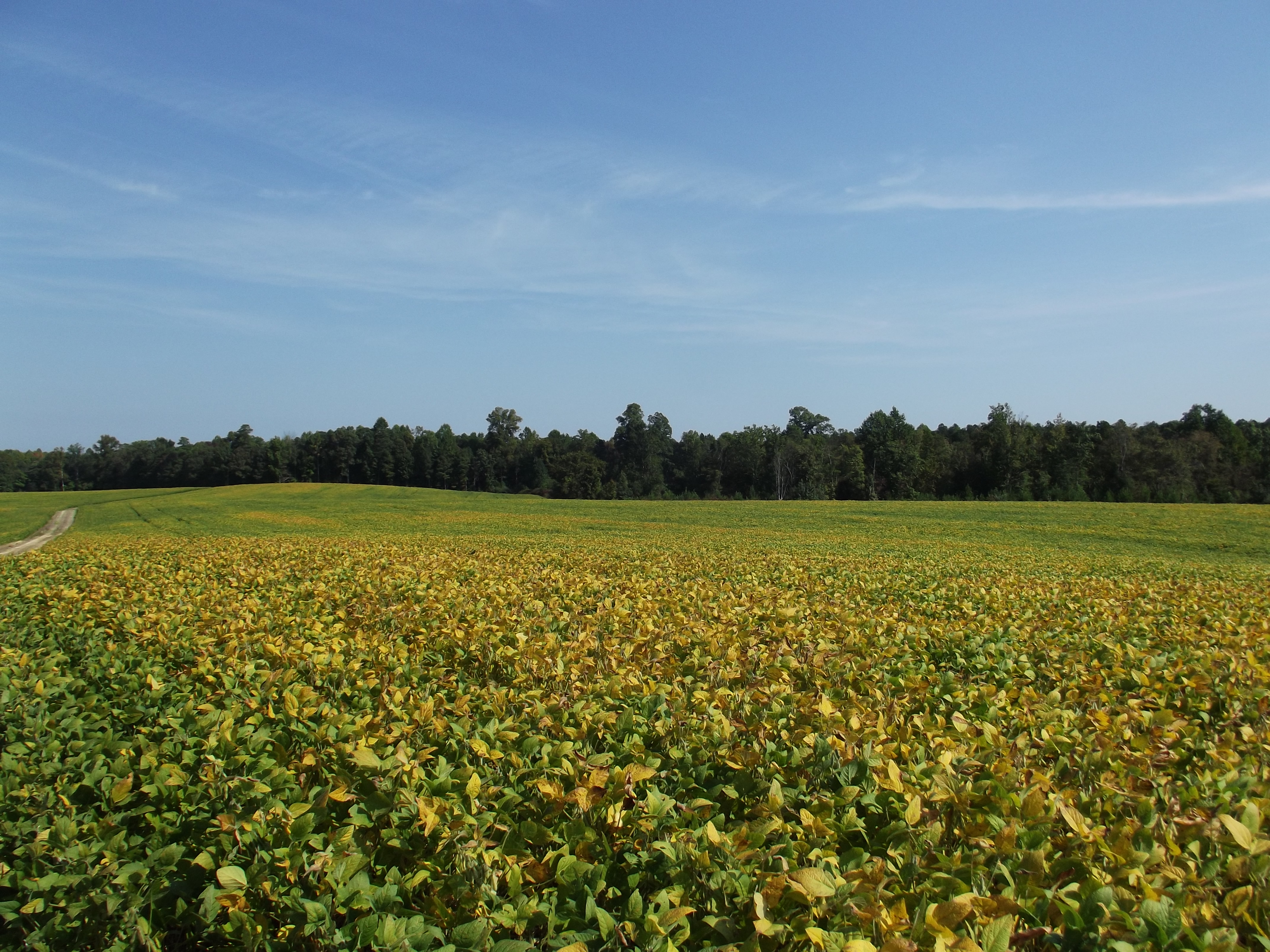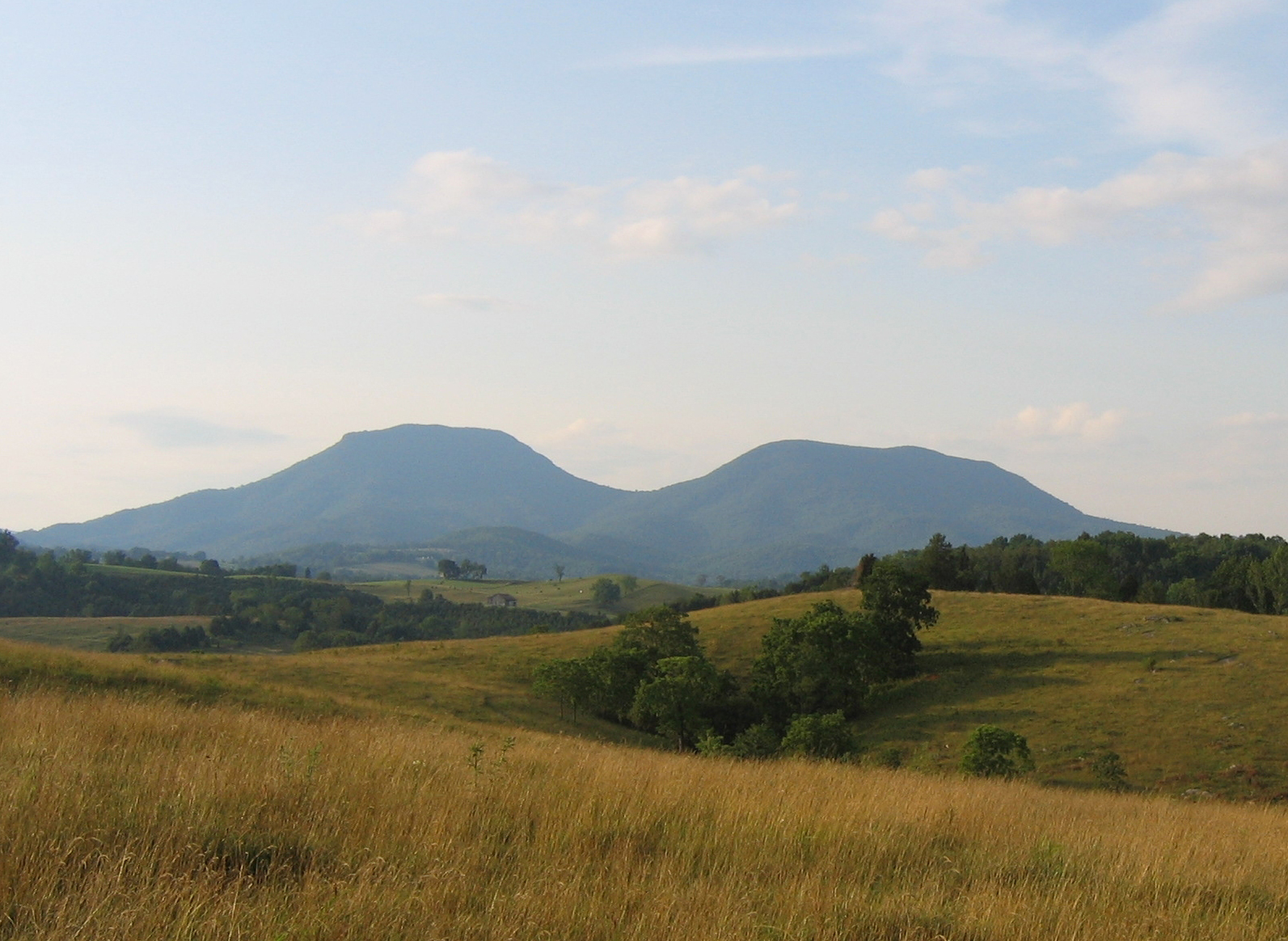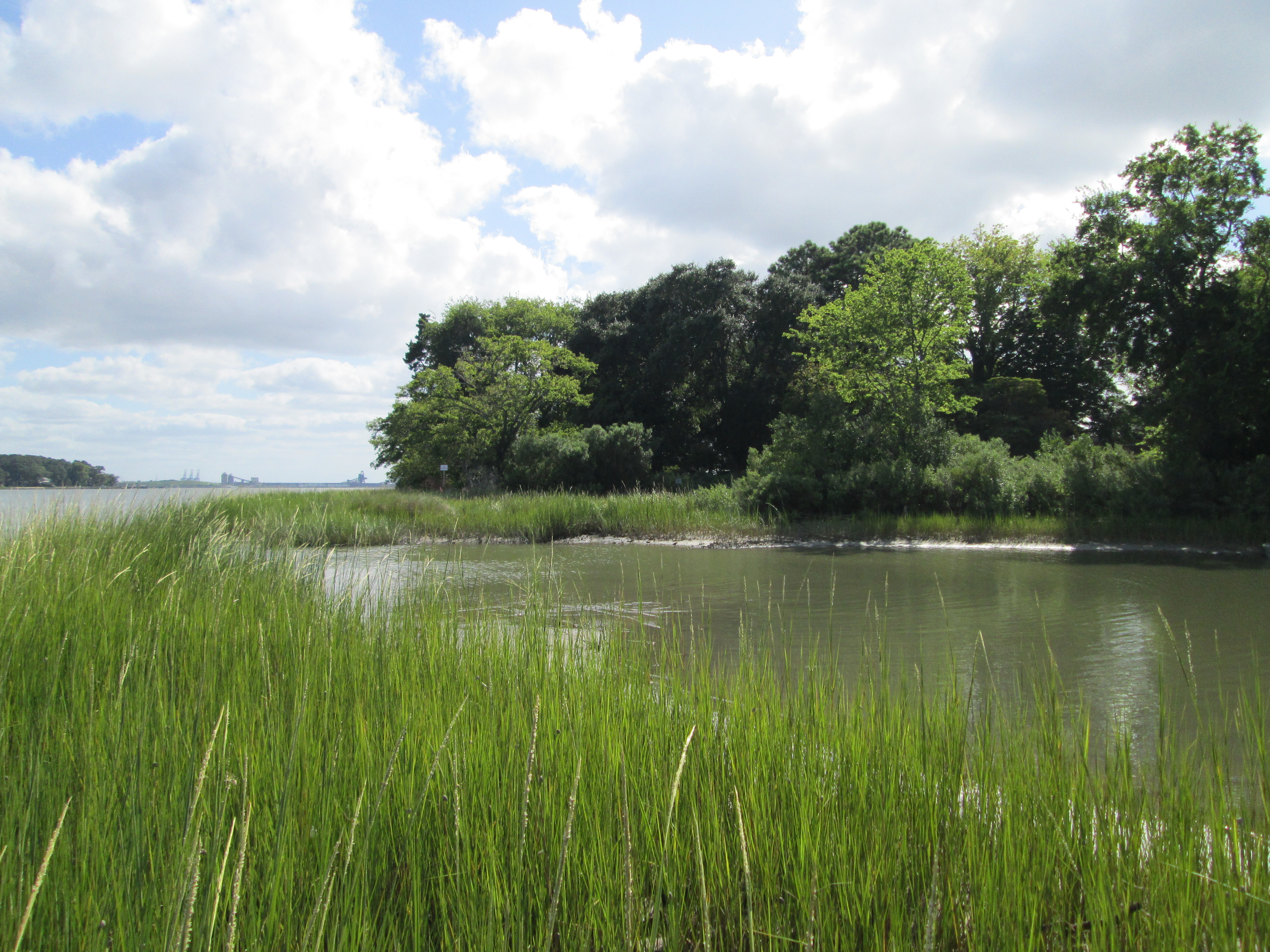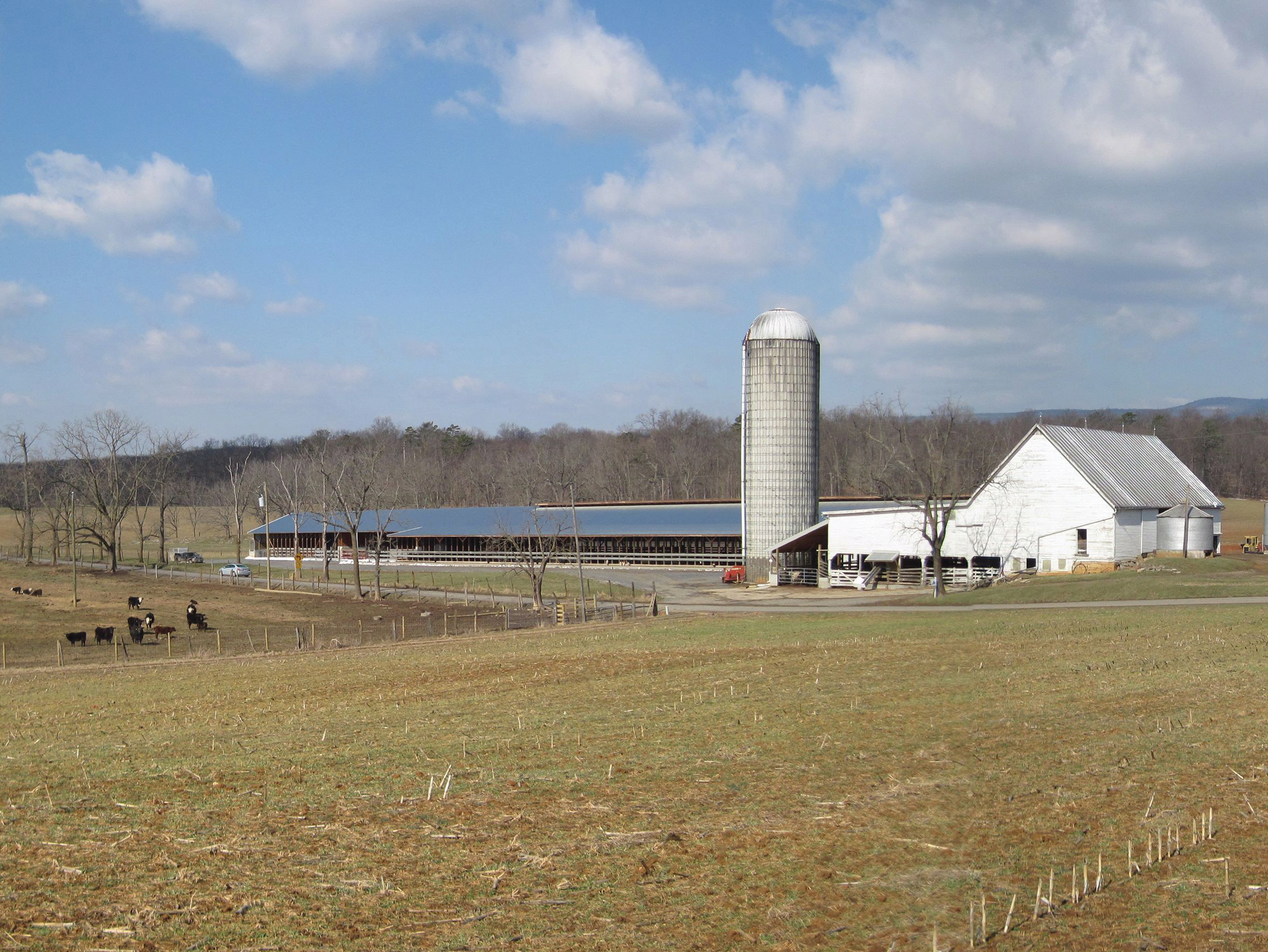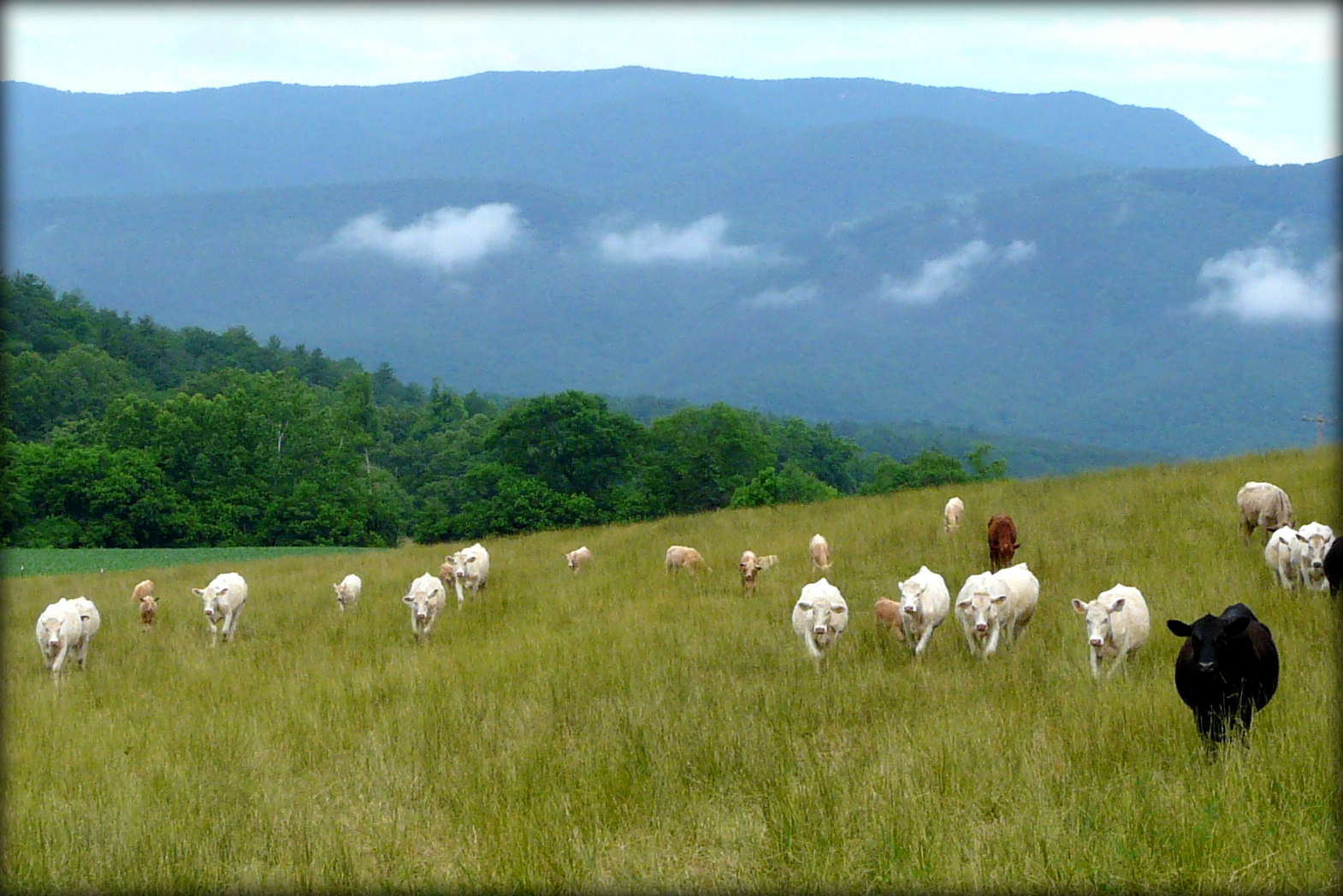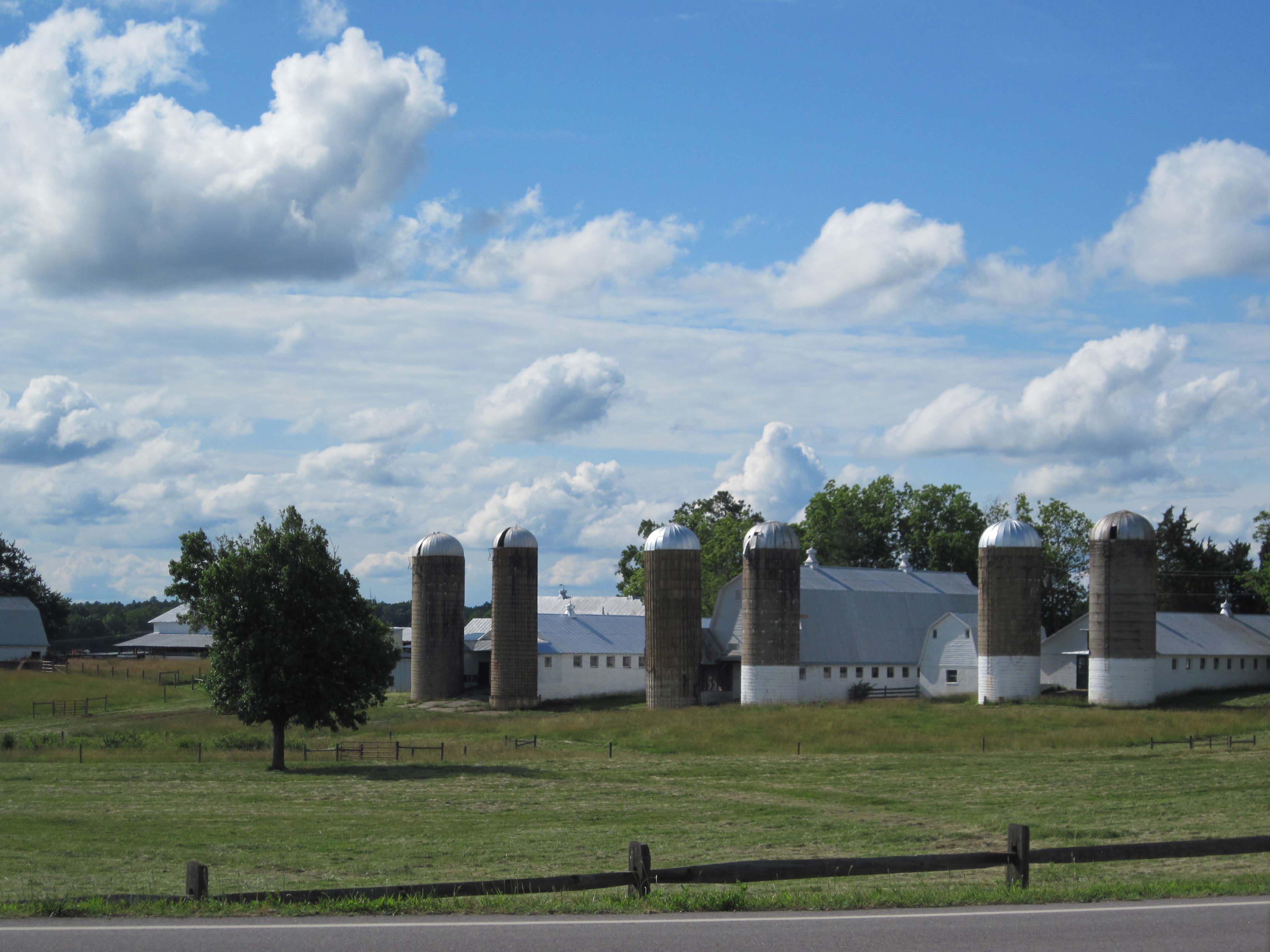The Virginia Outdoors Foundation recently learned of proposed changes to the route of the Atlantic Coast Pipeline (ACP) that indicate new possible intersections with VOF easements in the Shenandoah Valley.
VOF staff has scheduled meetings with ACP staff to determine the specifics of the proposed changes. VOF’s focus is on making certain that the pipeline and related construction activities do not impair the conservation values protected by its easements.
Says VOF Deputy Director of Stewardship Martha Little, “We share information regularly with utilities regarding the location of our easements and, in order to ensure easement compliance, request that we be consulted prior to conducting any survey work that involves clearing of vegetation, earth disturbance, or use of motor vehicles, self-propelled machinery or power equipment. We will continue to gather as much information as we can throughout this process.”
Whenever utility expansion is proposed on an easement property, VOF must take into account all of the protected conservation values as well as the clear language of the restrictions. Current language for utilities in our easement template ensures that the construction and maintenance of public or private utilities will not impair the conservation values of the property. VOF has permitted public and private underground lines to cross easements after analyzing the impacts to the protected resources and making the determination that those resources would remain unharmed. Some examples of protected resources that could be negatively impacted by an underground line include archeological resources, karst resources, no-cut zones in forested areas, and specially protected habitat areas.
VOF will monitor the progress of the ACP project and continue to share information with landowners and other partners. Landowners who have property under easement with VOF and receive notification from Atlantic Coast Pipeline or any other utility regarding a project on easement-protected land should direct questions or concerns to their local stewardship specialist.

